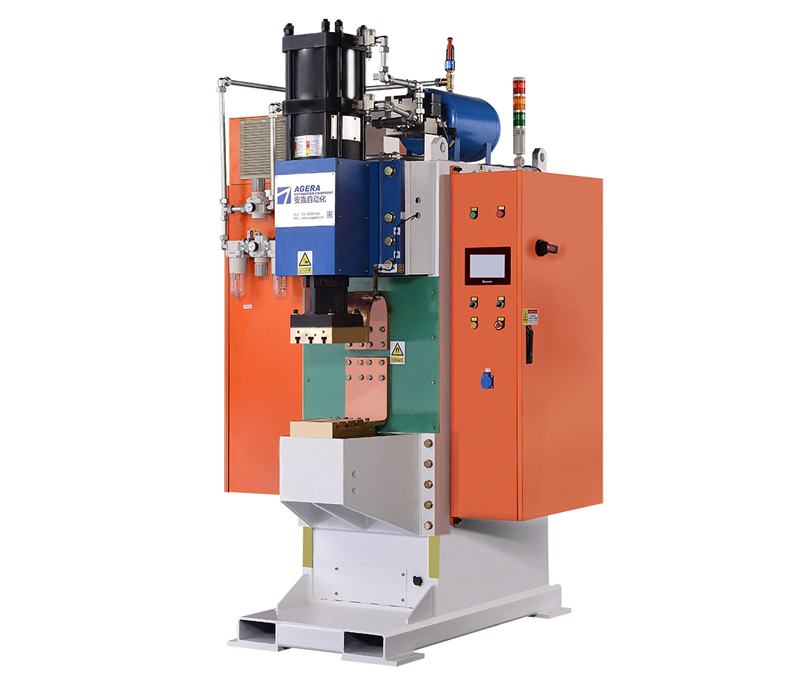- Home
- News
- The Impact of Welding Time on Welding Performance in Capacitor Energy Storage Spot Welding
The Impact of Welding Time on Welding Performance in Capacitor Energy Storage Spot Welding
Welding is a critical process in various manufacturing industries, where the quality of the weld and its performance are of paramount importance. Capacitor energy storage spot welding has gained prominence for its speed and efficiency in joining various materials. However, the welding time, or the duration for which the electrical energy is discharged during the welding process, plays a crucial role in determining the quality and performance of the weld. In this article, we explore the influence of welding time on welding performance in capacitor energy storage spot welding.
The Role of Welding Time:
In capacitor energy storage spot welding, the welding time is the period during which electrical energy is discharged through the welding electrodes to create a strong bond between two materials. This time duration affects several key aspects of the welding process and the resulting weld joint. Let’s delve into how welding time impacts welding performance.
- Temperature Distribution:
Welding time directly affects the temperature distribution during the welding process. Longer welding times can lead to excessive heat, potentially causing material distortion, burn-through, or undesirable changes in the microstructure. Conversely, shorter welding times may not provide sufficient heat for a proper bond. Therefore, finding the optimal welding time is crucial for maintaining the desired temperature profile.
- Weld Strength:
The welding time significantly influences the strength of the resulting weld. A weld that is held together for too short a period may lack the strength required for the application, while an excessively long welding time can lead to brittleness due to over-tempering. Balancing welding time is essential to achieve the desired mechanical properties in the weld.
- Energy Efficiency:
Efficiency is a critical concern in welding processes. Prolonged welding times consume more energy, increasing operational costs and potentially leading to excessive wear on equipment. Optimizing welding time can enhance energy efficiency without compromising weld quality.
- Weld Appearance:
Welding time also impacts the visual appearance of the weld. In many applications, aesthetics matter, and an ideal welding time can help achieve a clean and visually appealing weld with minimal spatter and distortion.
In capacitor energy storage spot welding, the welding time is a crucial parameter that affects the overall welding performance. Finding the right balance is essential to ensure that the weld is strong, efficient, and visually appealing, while also minimizing energy consumption. Manufacturers and welders must conduct thorough experiments and tests to determine the optimal welding time for their specific applications, considering the materials, thicknesses, and desired weld properties. By doing so, they can achieve high-quality welds that meet the demands of their industry.
